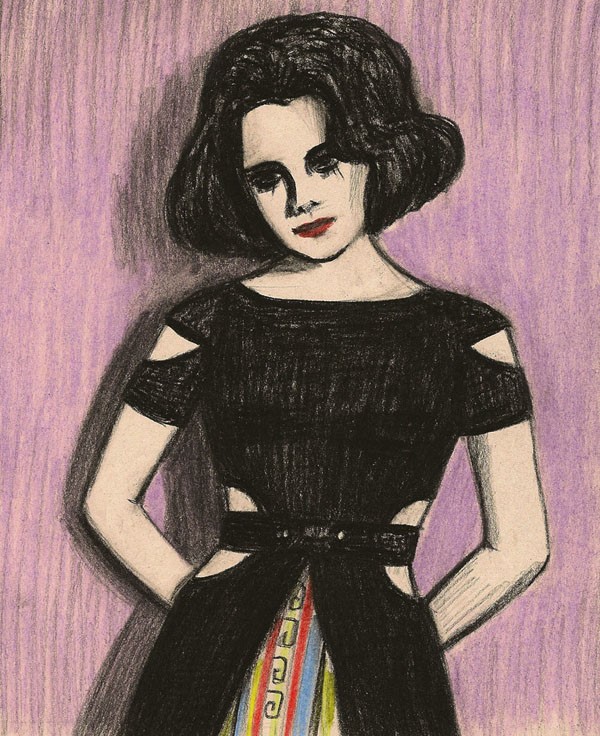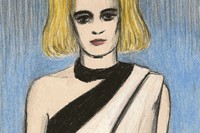There’s only one thing more alluring than the unknown, and that’s the almost known. That delicious temptation afforded by the sight or touch of something half covered up or immediately whisked away again. It appeals to our innate voyeurism and
There’s only one thing more alluring than the unknown, and that’s the almost known. That delicious temptation afforded by the sight or touch of something half covered up or immediately whisked away again. It appeals to our innate voyeurism and contemporary neediness. So what better way to catch the eye, make a statement and leave one’s audience wanting much more than to wear your clothes with deliberately suggestive holes cut out of them? It’s far more erotic than simply turning up naked.
Cutaway detailing was a hallmark of the spring/summer 2011 collections – and not just for obvious ventilation-related reasons. Full length, long-sleeved gowns at Lanvin came with teardrop shaped cut-outs at the shoulder, in the ultimate juxtaposition of frump and flesh, the austere luxury of the dress made all the more arresting somehow by the glimpse of swinging shoulderblades at its yoke. At Versace meanwhile, that denizen of highly sexualised elegance, girlish and innocent silhouettes were made modern with cut-out sleeves and even – a collective sigh from those of us with a flubbery middle – circular holes at waist-height, intersected by ironically chic belts. These cut-outs give fluidity to what are otherwise rather structured pieces, and the crash of sleek, urban sportswear against romantic and suggestive flesh made for a collection that blended two very different versions of femininity.
Shirts at Balenciaga were deconstructed and tectonic, manoeuvred and made malleable by Nicolas Ghesquière’s way of treating each plane as a movable interface. Hence, shoulders were sheared off to create asymmetrical necklines, with floating collars, and standard issue menswear became superbly high-concept womens’ apparel. It isn’t quite the same concept explored by the likes of Margiela and Kawakubo, whose holes were political rather than structural. But it’s the ideology behind the great dresses of Worth and Poiret, their key-hole detailing to display, say, a sliver of wrist or a smidgen of embonpoint.
Cutaway clothes are inherently physical in the way that they showcase specifically selected parts of the body, but they are also inherently physical in their attention to the liminal space between the material and the wearer – the ma as it is in Japanese, which designer Issey Miyake explored it for several decades. Slashed cutaway clothing was a feature of Renaissance courts in particular, where full-sleeved doublets were sliced into in order that a contrasting lining might be pulled through the holes and puffed into an even more sturdy structure. This was a handy means too of showing off one’s wealth; it proved you had bought two bolts of cloth for one garment. Marios Schwab is a designer who has referenced this layering of wearer and clothing, with dresses cut away to reveal not flesh or dimpling young skin, but mimeographed, warped and magnified landscapes of platelets and blood cells. Physical indeed. In other collections, he has slashed clothing in muted colours to reveal raucous baroque curlicues flowering beneath.
So the potency of a cutaway should be viewed not just as a lascivious flashing of flesh; it belies the great relationship between the physicality of clothing and the personalities of their owners. But, as with all scenarios involving cutting out, be sure to have a responsible adult with you at all times when wearing this trend.
Zoë Taylor has appeared in Le Gun, Bare Bones, Ambit and Dazed & Confused. She is currently working on her third graphic novella and an exhibition.


